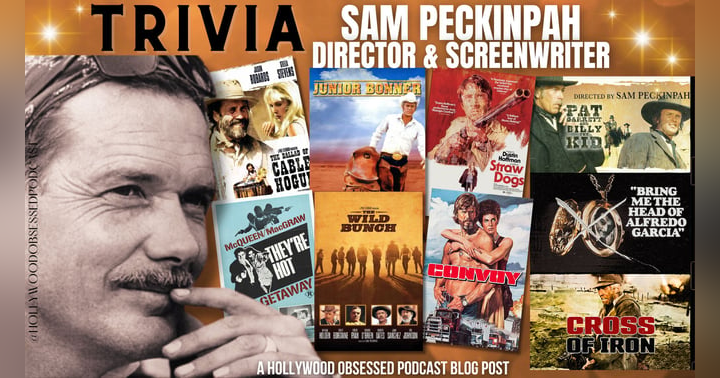Trivia - Saturday Night Fever

John Travolta ran two miles a day and danced for three hours daily to get in shape for this film. In the end, he dropped 20 pounds.
John Travolta had worked hard on the "You Should Be Dancing" sequence and threatened to quit the film when the studio suggested it should be shot in close-up instead of full-body.
When John Travolta met John Badham he was surprised that the director knew so little about New York. He took it upon himself to show Badham Manhattan and Brooklyn.
Production had to be briefly halted so that John Travolta could attend the funeral of his girlfriend Diana Hyland. The couple had earlier appeared in "The Boy in the Plastic Bubble"(1976), their only joint venture. It was Hyland who encouraged Travolta to take the role of Tony Manero.
When Tony's dad hits him in the back of the head during dinner, his retort of "just watch the hair!" and complained about being hit on the hair after he had worked on it was John Travolta's own reaction and not scripted, but since it was so in character for Tony Manero to say, it was left in.
According to the DVD commentary, John Travolta used two suits in the climax of the film; he had to switch suits between takes because one would become heavily soaked with sweat and had to be dried while he was wearing the other one for subsequent takes.
When John Travolta first saw the rushes, he was greatly upset that his solo dance was cut in close-up. He called Robert Stigwood and relayed his concerns. It didn't seem right, he explained, that he had worked so hard to get in shape and learn a complex dance just to see the sequence cut down in the editing room. It was important to Travolta for audiences to see his work and to know without a doubt that he was doing his own dancing. Stigwood agreed and told Travolta to go back and sit with the editors and personally supervise a new cut of the solo sequence.
According to John Travolta, The Bee Gees weren't involved with the film at the very beginning. "I was dancing to Stevie Wonder and Boz Scaggs."
At first, Karen Lynn Gorney struggled to keep up with John Travolta when it came to their dancing scenes together.
Filming was frequently halted on the streets of New York City because teenage girl fans of John Travolta would scream when they saw him due to his popularity from the ABC sitcom "Welcome Back, Kotter" (1975).
To try to throw off John Travolta's fans, John Badham and his team took to shooting exterior scenes as early in the morning as possible before people caught on - often at the crack of dawn. They would also generate fake call sheets. The tactics worked well enough that Badham was usually able to get the scenes done before significant crowds had time to gather.
The scene where Fran Drescher puts her hand on John Travolta's butt was not in the original script. Travolta and director John Badham thought that it would be something that a woman like Connie (Drescher's character) would do, however, so it was kept in.
When they shot the first bridge scene, director John Badham kept secret from Donna Pescow the fact that when the guys "fell off" the bridge, they actually landed on a platform a few feet below. Badham and the other actors did not tell her about the platform because they wanted a genuine look of horror and anger on Annette's face when Tony, Double J. and Joey appeared to fall off. Therefore, Donna's reaction to them falling, and her facial expressions turning from horror and shock to outright anger, were real, and her next line, "You fuckers!", was not scripted.
Norman Wexler's screenplay was adapted from the "non-fiction" magazine article written by Nik Cohn. Years later, Cohn admitted that the story, supposedly a fact-based account detailing the lives of Brooklyn teenagers in the early days of the disco craze, was a complete fabrication.
While Deney Terrio has been credited with teaching John Travolta how to dance disco, members of the crew, and Travolta himself, credited choreographer Lester Wilson with helping Travolta develop Tony's swagger for the role. "Deney Terrio did show John the moves, and I give him credit for that. But I don't think Lester Wilson got nearly the credit that he deserved," Paul Pape, who played Double J, told "Vanity Fair" in 2007. "The movie was Lester."
The film was rated "R" when it was released in December 1977. Paramount was so eager to attract a wider audience to the film--because they were buying the soundtrack - Paramount went on to edit six minutes out of the original film, giving it a PG rating. The PG edition was released in 1979. Both versions were released on VHS but only the "R" version was released on DVD.
In 2010 the film was added to the National Film Registry by the United States Library of Congress.
Trivia items from IMDB
Listen to my fun conversation with actress Karen Lynn Gorney by clicking on the links below. Enjoy!
Episode 19 - HERE
Episode 20 - HERE












